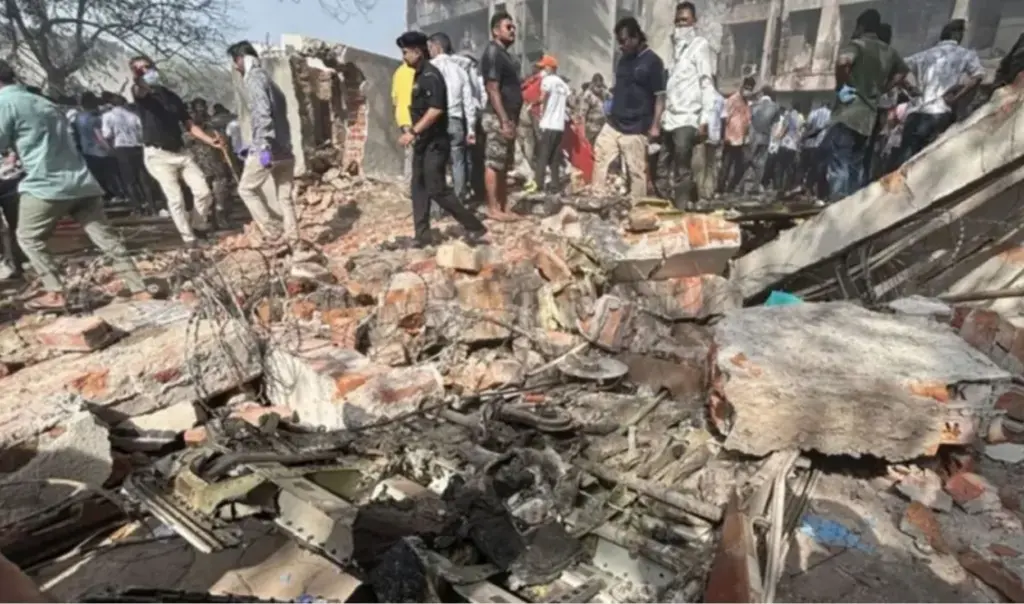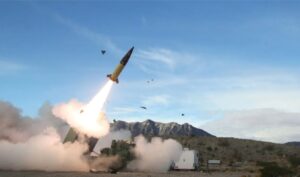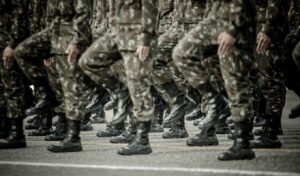New developments in the deadly **air crash** of **Air India**, as recorded dialogue between the two operators of the Boeing 787, which crashed last month in Ahmedabad, **India**, indicates that it was the more experienced of the two, the captain, who cut the fuel supply to the engines, the American newspaper Wall Street Journal reported yesterday Wednesday.
Air India crash: Investigation focuses on the more experienced captain
The newspaper cites its sources in the US, informed about the initial assessment regarding the data collected and analyzed for this accident, which cost the lives of 260 people, passengers on the 787 and people on the ground, on June 12th.
The co-pilot, at the controls of the 787, asked the very experienced captain **why he turned the switches that regulated the fuel supply** of the two engines to the “cutoff” position, seconds after the long-haul aircraft, which was to perform a flight to London, took off from the runway, according to the report. The co-pilot was Clive Kuder, 32 years old, with 3,403 hours of flight experience, while the captain was Sumit Sabawal, 56 years old, with 15,638 hours of flight experience. The latter **denied doing it**.
According to the preliminary findings of the accident investigation, released Saturday by the Indian Aircraft Accident Investigation Bureau (AAIB), the long-haul passenger aircraft had developed a speed of 180 knots (333 kilometers per hour) and had just taken off when the fuel supply switches of the two engines were turned from the “run” position to the “cutoff” position, one second apart from each other. The text does not specify by whom.
The engines immediately lost all power. The preliminary report did not assign responsibility for the accident. However, it emphasized that one of the pilots asked the other why he stopped the fuel supply to the engines – the other replied that he had not done it. The plane lost altitude and crashed into buildings within half a minute.
Airport surveillance system camera footage recorded that a small, auxiliary turbine (the Ram Air Turbine, RAT), was activated immediately after takeoff. This is part of the Auxiliary Power Unit (APU) backup power system, designed to power critical aircraft systems in case of engine failure, or when on the ground.
In the wreckage collected after the accident, the switches were found turned to the “run” position. Data from the flight data recorder indicates that the engines restarted shortly before the crash, but it was too late to prevent it.
No problems found
In an internal document Monday, Air India CEO Campbell Wilson stated that the report showed no mechanical or maintenance problems with the Boeing 787, instead noting that all required maintenance had been performed.
The AAIB preliminary report makes no safety recommendations, either to Boeing or to engine manufacturer GE. A briefing to the US Federal Aviation Administration (FAA) assured that the switches are completely safe, according to Reuters news agency, which obtained its memorandum.
241 dead, one survivor
A total of 241 people aboard the Air India Boeing 787-8 Dreamliner were killed –only one survived– when the aircraft crashed into buildings near Ahmedabad airport. Indian authorities also identified 19 victims on the ground.
Some US officials cited by the Journal estimated that cutting the engine fuel supply could be a deliberate action, judging that the investigation should now possibly take on a criminal character. Mr. Wilson called earlier this week not to draw hasty conclusions from the preliminary report and other available evidence, emphasizing that the investigation is still “far from” complete.
Aircraft accident investigations often last over a year or more; additionally, it is generally difficult to establish any deliberate action to cause an accident. In some cases, experts from one country disagree with the conclusions of those from another, the newspaper noted.
Source: ANA-MPA




